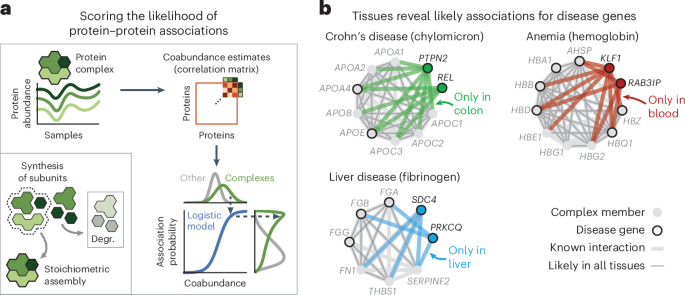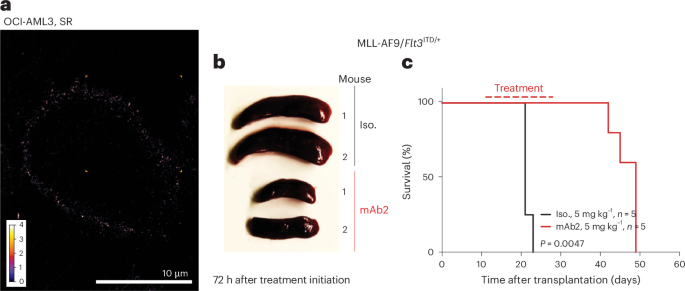Now Reading: A protein association atlas for human tissues
-
01
A protein association atlas for human tissues
A protein association atlas for human tissues

- Research Briefing
- Published:
(2025)Cite this article
Subjects
Proteomics samples of human cancer biopsies were combined to derive an atlas of protein–protein associations for human tissues. Differences between tissues are not strongly driven by gene expression but could, in part, be due to tissue-specific subcellular components and processes.
This is a preview of subscription content, access via your institution
Access options
Access Nature and 54 other Nature Portfolio journals
Get Nature+, our best-value online-access subscription
24,99 € / 30 days
cancel any time
Subscribe to this journal
Receive 12 print issues and online access
195,33 € per year
only 16,28 € per issue
Buy this article
- Purchase on SpringerLink
- Instant access to full article PDF
Prices may be subject to local taxes which are calculated during checkout

References
-
Skinnider, M. A. et al. An atlas of protein–protein interactions across mouse tissues. Cell 184, 4073–4089 (2021). This paper presents an atlas of protein–protein interactions derived from co-fractionation experiments with mouse tissues.
-
Huttlin, E. L. et al. Dual proteome-scale networks reveal cell-specific remodeling of the human interactome. Cell 184, 3022–3040 (2021). This paper presents protein interaction networks derived from affinity purification experiments in human cancer cell lines.
-
Lapek, J. D. Jr et al. Detection of dysregulated protein-association networks by high-throughput proteomics predicts cancer vulnerabilities. Nat. Biotechnol. 35, 983–989 (2017). Early work accurately mapping protein–protein associations with proteomics data from cell lines.
-
Roumeliotis, T. I. et al. Genomic determinants of protein abundance variation in colorectal cancer cells. Cell Rep. 20, 2201–2214 (2017). Early work on protein associations derived from proteomics data for cell lines, showing that genomic alterations can propagate through the network.
-
Taggart, J. C., Zauber, H., Selbach, M., Li, G.-W. & McShane, E. Keeping the proportions of protein complex components in check. Cell Syst 10, 125–132 (2020). A perspective on the stoichiometries of protein complex members maintained by cells.
Additional information
Publisher’s note Springer Nature remains neutral with regard to jurisdictional claims in published maps and institutional affiliations.
This is a summary of: Laman Trip, D. S. et al. A tissue-specific atlas of protein–protein associations enables prioritization of candidate disease genes. Nat. Biotechnol. https://doi.org/10.1038/s41587-025-02659-z (2025).
Rights and permissions
About this article
Cite this article
A protein association atlas for human tissues.
Nat Biotechnol (2025). https://doi.org/10.1038/s41587-025-02692-y
-
Published:
-
DOI: https://doi.org/10.1038/s41587-025-02692-y
























